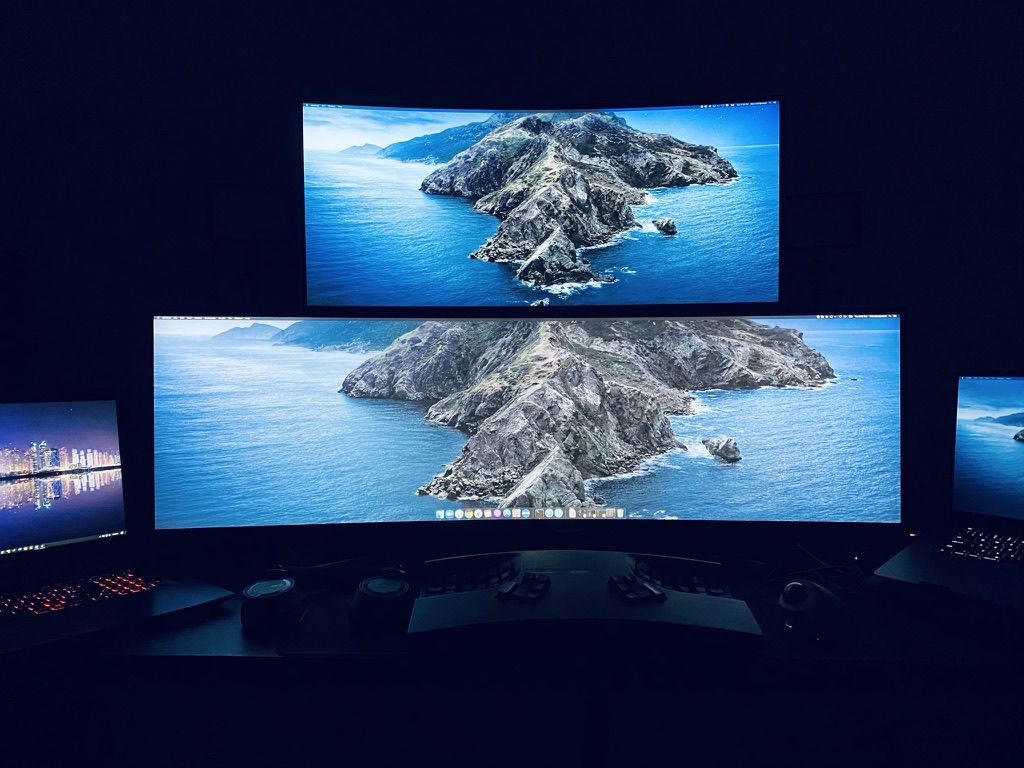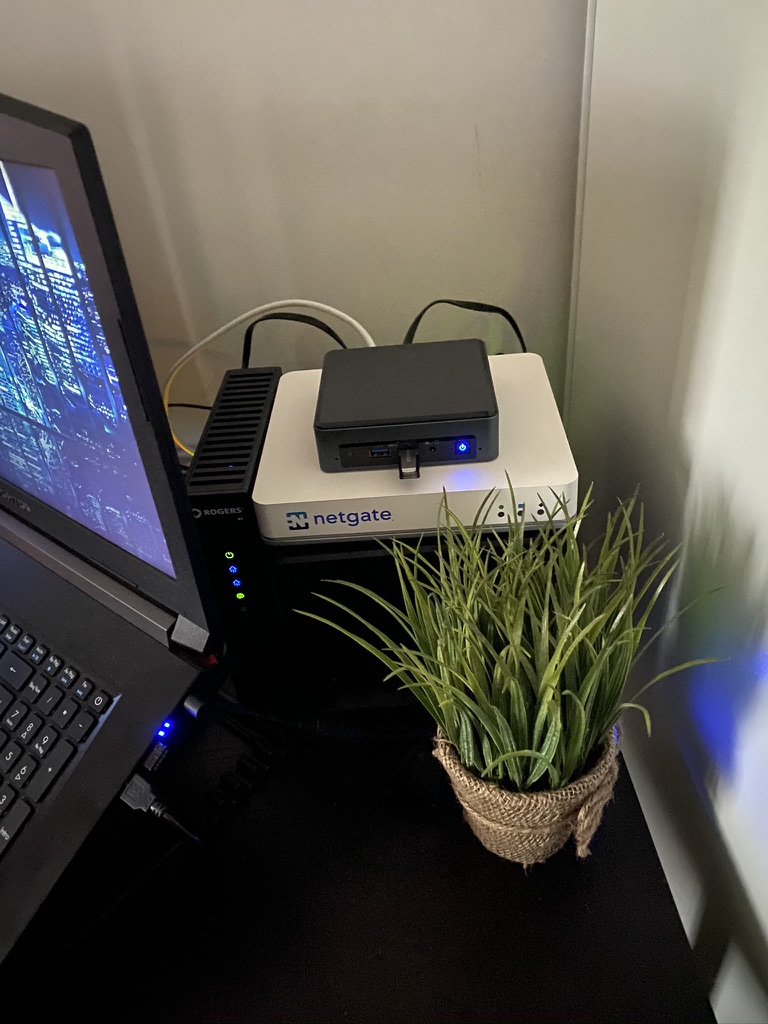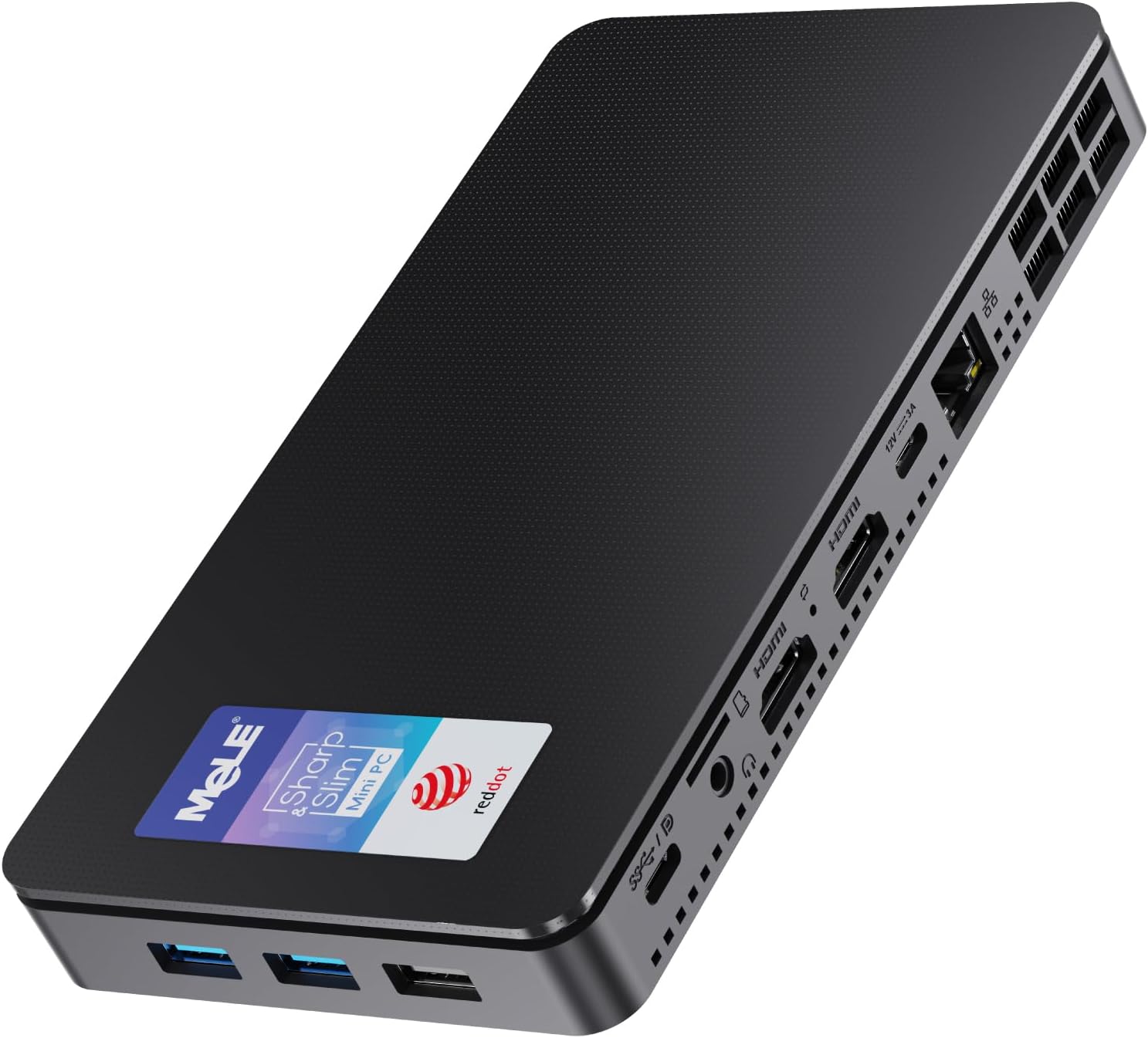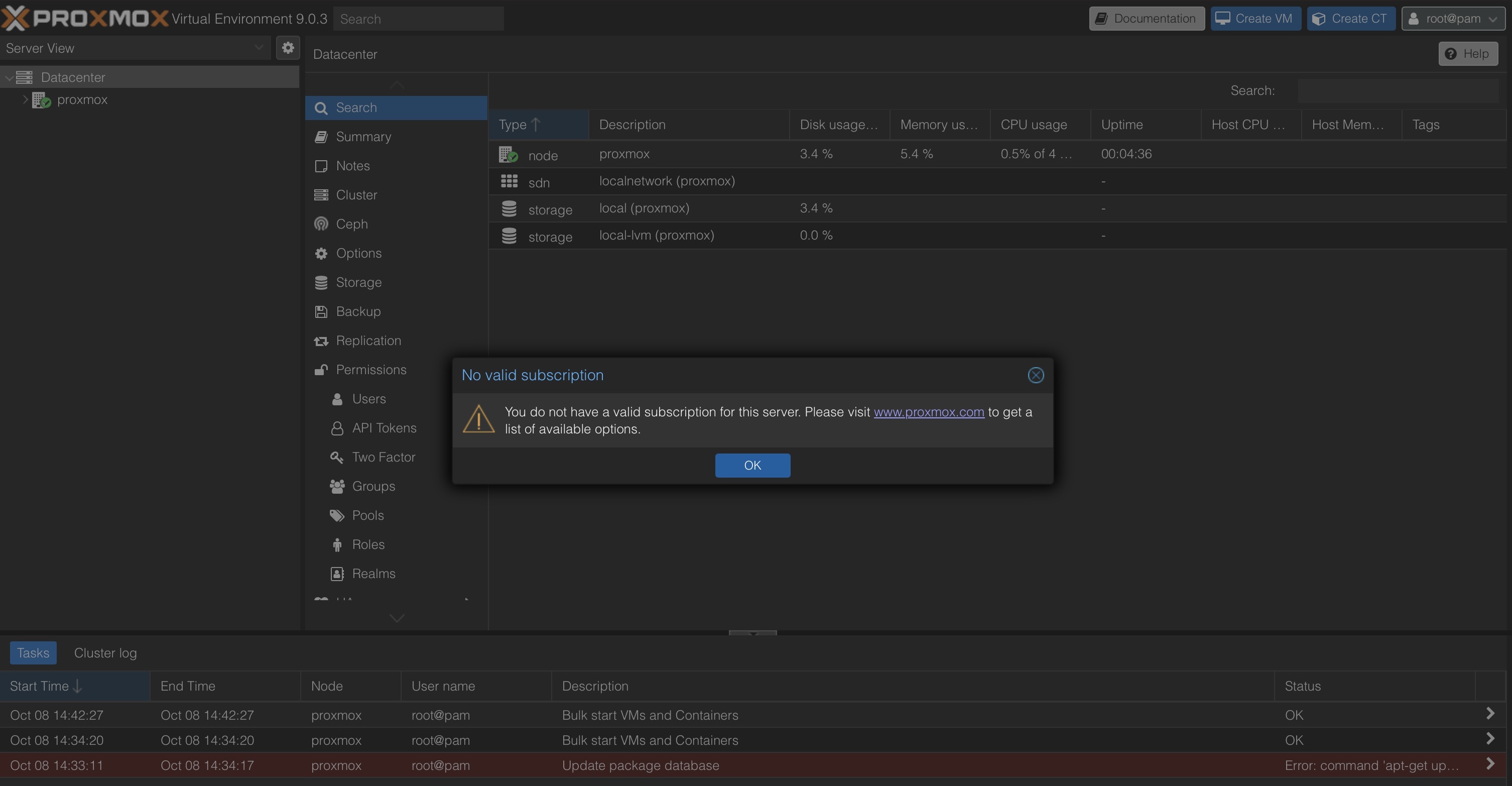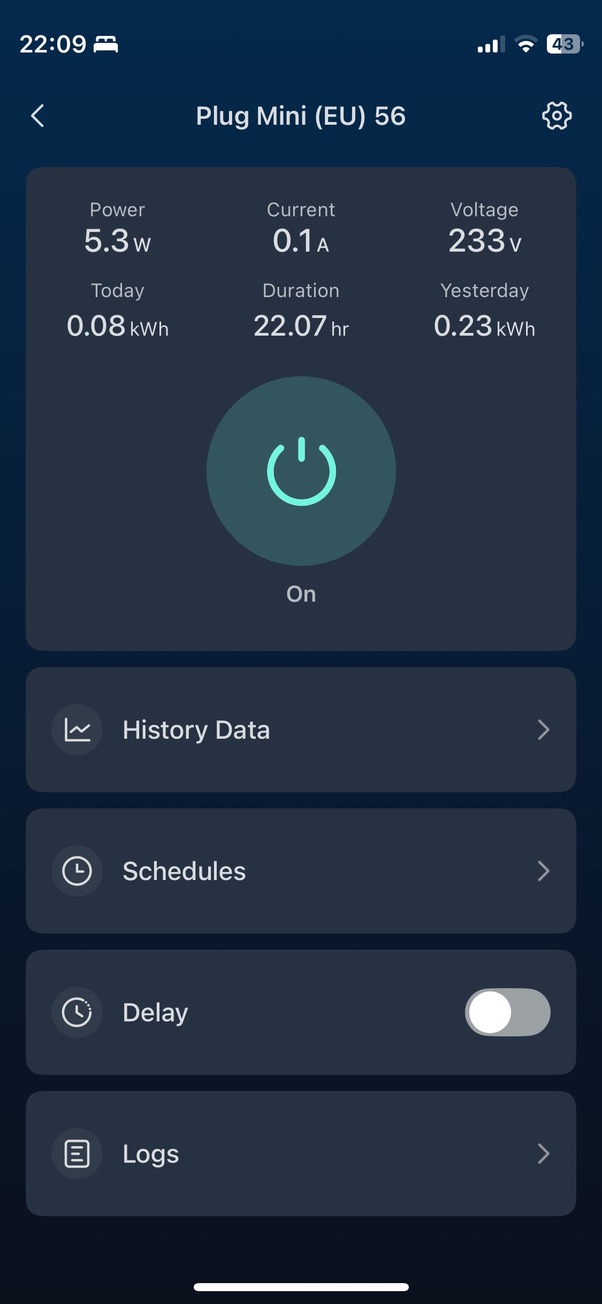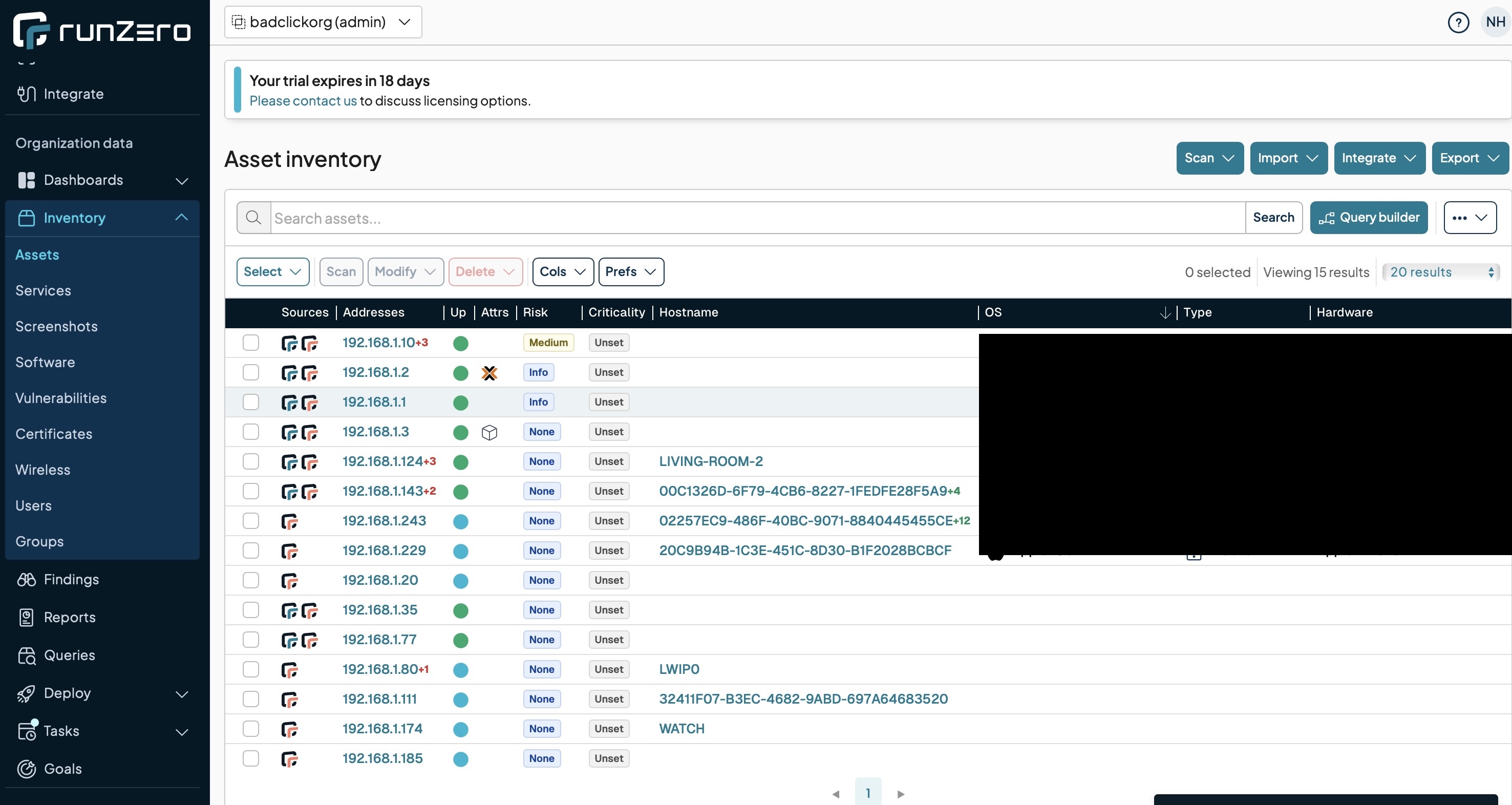Homelabbing Part 1: MeLE N100 w/ RunZero
After a few years away, I’ve started rebuilding my homelab again — this time with a focus on simplicity, efficiency, and silence.
My new foundation is the MeLE N100 mini PC, a fanless, ultra-low-power box that’s been surprisingly capable so far.
🕰️ Looking Back — The Previous Homelab
Before this minimal setup, I used to run a larger, more complex lab. It was centered around the following:
- a UniFi Dream Router for networking (previously a netgate for pfSense)
- a NUC8 for virtualization
- a Synology NAS.
- a few LG monitors (I prefer simplicity these days :D)
- the compute (mac and windows)
That setup included:
- VLAN segmentation between work and home Wi-Fi (so corporate and personal traffic never touched)
Fast-forward about three or four years, moving continents, and a lot of simplification later — I’m starting again, keeping things as minimal as possible this time around.
🖥️ The Hardware — MeLE N100 Mini PC
- Intel N100 CPU (4 cores)
- 32 GB RAM
- 512 GB NVMe SSD
- Completely fanless and whisper-quiet
Installing Proxmox VE 9 from a bootable USB was straightforward — the BIOS recognized the stick instantly with F7 at boot.
🧩 Proxmox Running Smoothly
Once installed, Proxmox detected all hardware out of the box.
My first VM is a Debian 12 instance that serves as my main Linux environment and home for network and security tools.
🔋 Power Efficiency
The system idles around 5 watts, roughly the same as a single LED bulb — about €13 per year if left on continuously.
Exactly what I was aiming for: a quiet, always-on platform that doesn’t waste energy. I recently put in some solar panels which cost money to send electric back to the grid. Hopefully this offsets that injustice :)
🔍 RunZero Explorer Installed
Inside the Debian VM, I installed runZero Explorer to rediscover everything on my LAN.
Within minutes it identified my Proxmox host, laptops and IoT devices — a great baseline for inventory of your network. I also realized it had been awhile since I used RunZero and it also has vulnerability data which it pointed out a need to patch a few of my devices.
🤔 Next Steps
- Kubernetes cluster testing
- Continue documenting / diagramming the Homelab adventures
